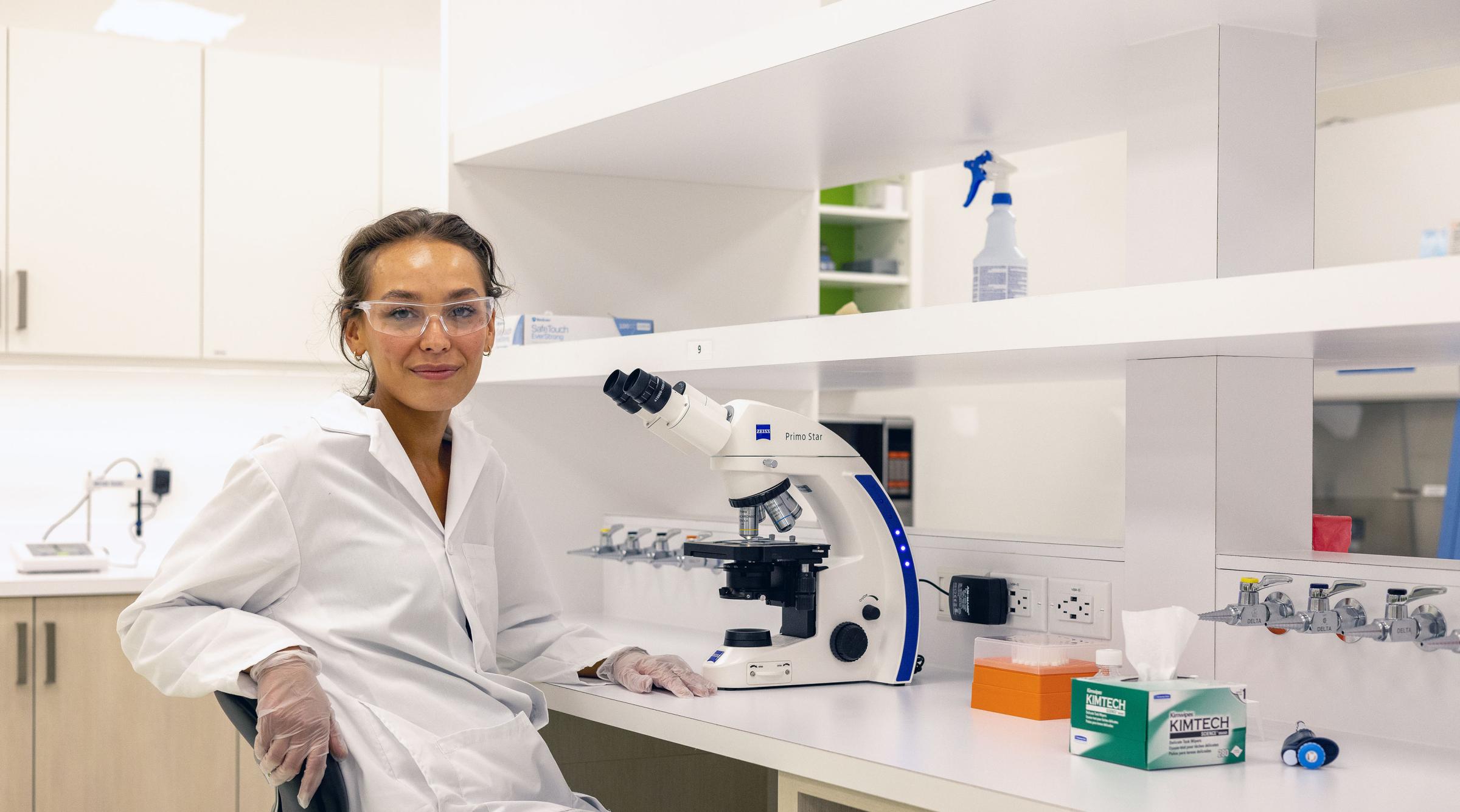Indigenous Students

Land Acknowledgement
Red Deer Polytechnic acknowledges that we learn and work on Treaty 7, Treaty 6 and Métis ancestral lands, the gathering place of many Indigenous Peoples. This is where we will strive to honour and transform our relationships with one another.
Cultural Connections
Smudging
Smudging is an Indigenous practice that involves the burning of smudging materials such as sage and sweet grass, these are traditional plants that can be harvested within the Central Alberta area.
- Indigenous Initiatives has hosted Medicine Picking during the summer term in the 2022/2023 academic year. Students, staff and faculty can attend our upcoming gathering and will have the opportunity to learn from an Indigenous Knowledge Keeper. If you are interested in attending our next opportunity during the upcoming summer term please connect with Indigenous Initiatives.
Purpose of Smudging
Smudging has many different purposes, but is a way to ground ourselves, cleanse ourselves, spaces and release negative energy, to connect with Creator.
We cleanse our minds to think good thoughts and have good things come to us in our mind, we cleanse our ears to hear the things we need to hear, we cleanse our eyes to see the things we need to see, we cleanse our mouth to have the strength to speak our truth and we cleanse our heart to keep it pure.
Smudging may occur at many types of gatherings on campus, such as:
- Indigenous Initiatives Events
- Regular classes and/or classes with guest presenters
- Various meetings and events on campus
Policies and procedures to guide on campus smudging are found below.
- Smoking, Cannabis and Tobacco Use
- Smudging Protocols On Campus (Coming soon)
The intent to smudge must be indicated at the time of booking a space and be approved by Room Bookings prior to the booking time. Signage must also be displayed according to on-campus procedures and can be picked up in the Gathering Place and/or found here.
Indigenous Ceremonies
According to traditional Indigenous ways of knowing, being and doing, ceremony is a way of life and life is seen as ceremony; breath is ceremony, life cycles and growth is ceremony. On campus, the ceremony that occurs exists within these same beliefs, understandings and value systems. Some of the ceremonies that take place on campus and in the community can include:
- Smudging
- Pipe Ceremony
- Drumming
- Feasts
- Sweats
- Tea Dances
- Round Dances
- Pow Wows
Each ceremony will have different types of protocol and processes, but they are often led by an Indigenous Elder or Knowledge Keeper.
Smudging and prayer begin every Indigenous ceremony, event and or meeting.
The intent to smudge during ceremony must be indicated at the time of booking a space and be approved by Room Bookings prior to the booking time. Signage must also be displayed according to on-campus procedures and can be picked up in the Gathering Place and/or found here.
Feather Template
A feather template can be used for your contribution to the Feather and Timeline Display during Truth and Reconciliation Week.
In creating a feather, we ask that it is done in the spirit of Truth and Reconciliation and with a positive intention towards a transformative and meaningful relationship with Indigenous Peoples, but also in honour and memory for the Indigenous children who did not survive their residential school experience.
Please create in a way that speaks to yourself and your intention, some ideas include:
Use the feather template to draw, colour, leave a message, create a collage, paint and so forth. Feel free to use all the space that is available on the page.
Consider the following when creating your feather:
- What is your message to the children whose lives were lost? Their families and communities? How might you portray this in words or art?
- What needs to be done on the path to Truth and Reconciliation?
- What does reconciliation mean to you?
Community Resources
Indigenous Student Services at Red Deer Polytechnic has compiled the following list of community resources to help students.
- Alberta Friendship Centres
- Indigenous Services Canada - Post-Secondary Student Support Program
- Métis Nation of Alberta
- Native Counselling Services of Alberta (Legal Support)
- Red Deer Child Care
- Red Deer Native Friendship Society
- Wellness: Clinics and pharmacies that direct bill to NIHB*
*For walk-ins, doctor's offices and labs, you need a provincial health care card.